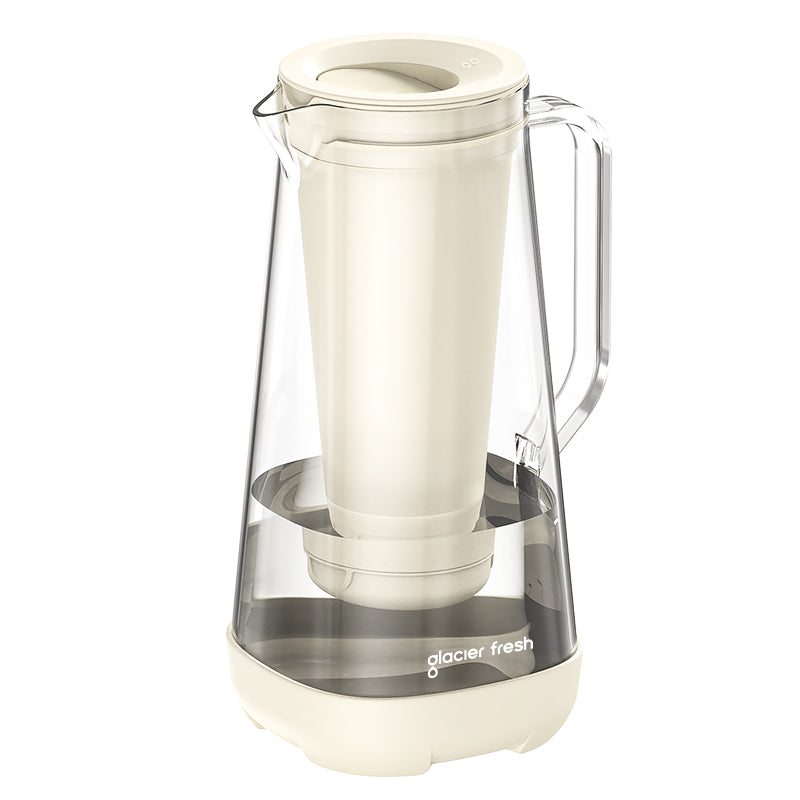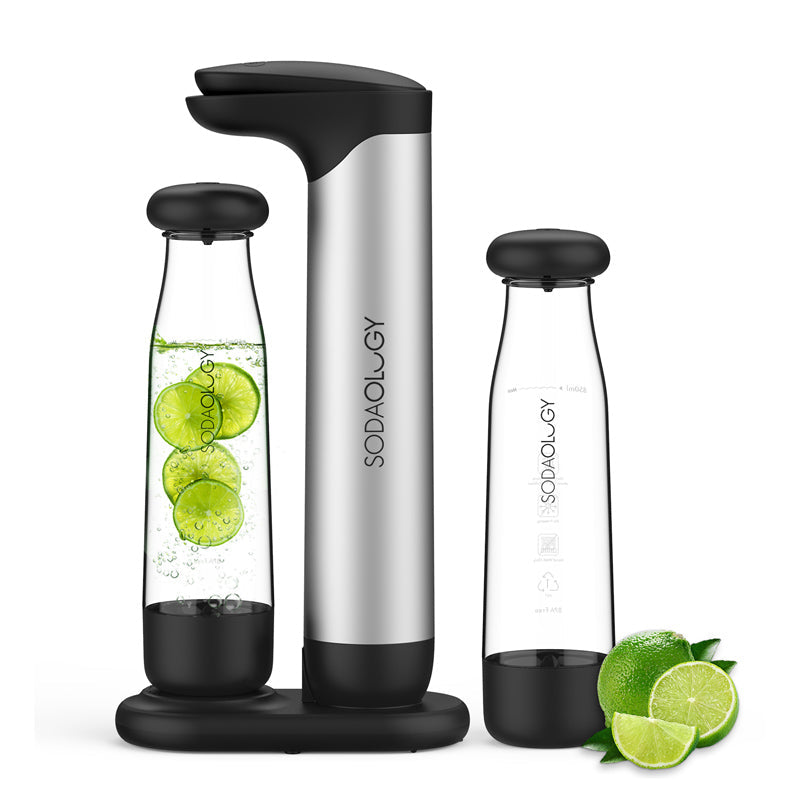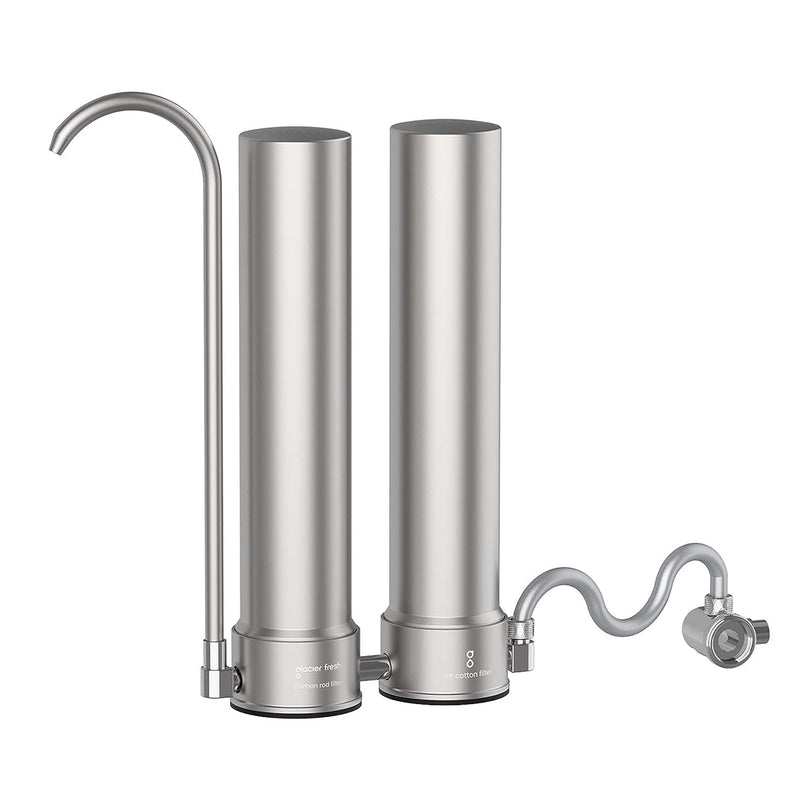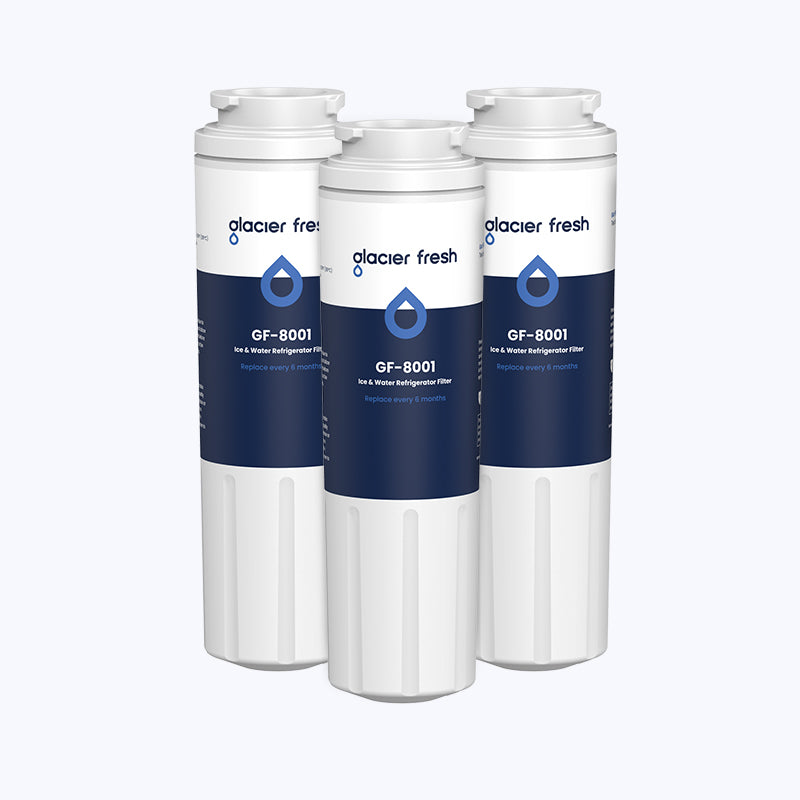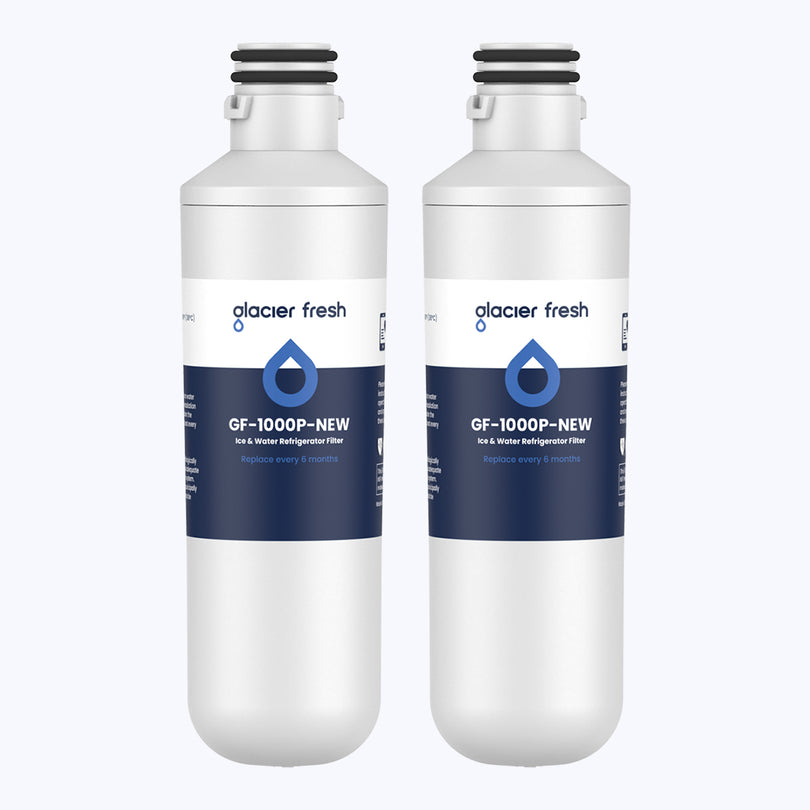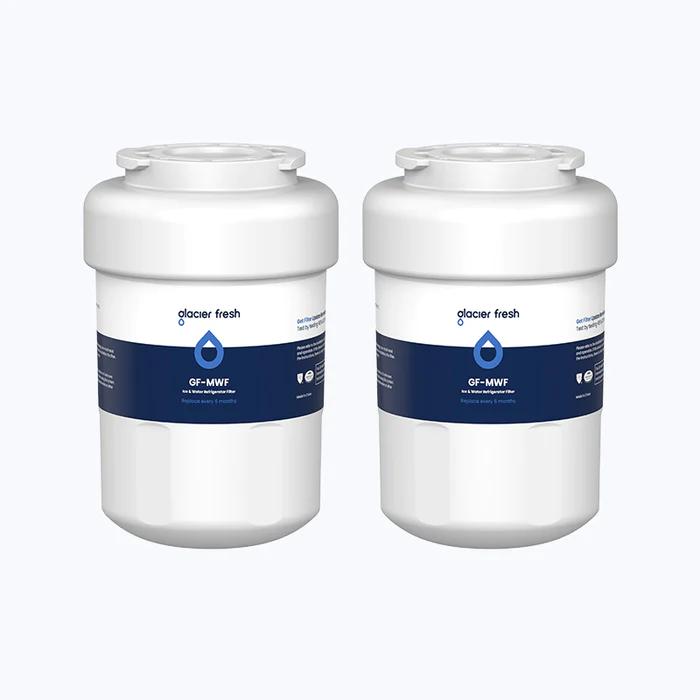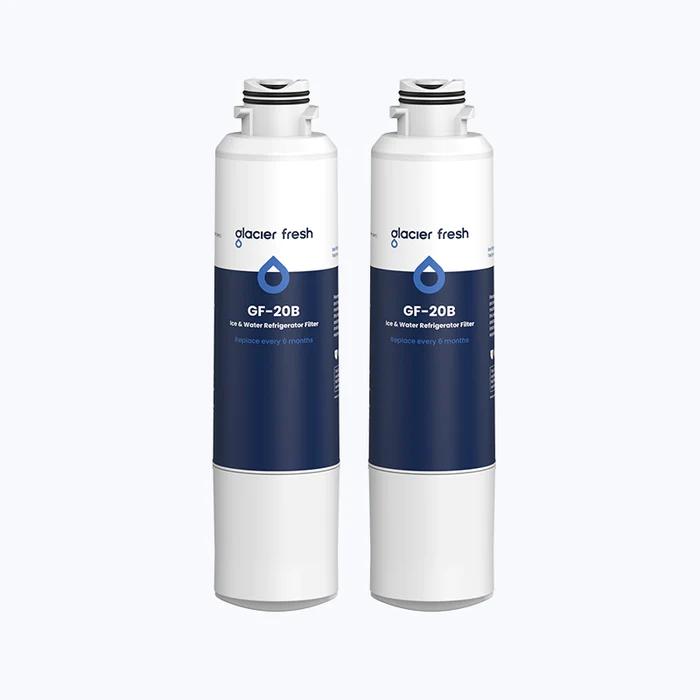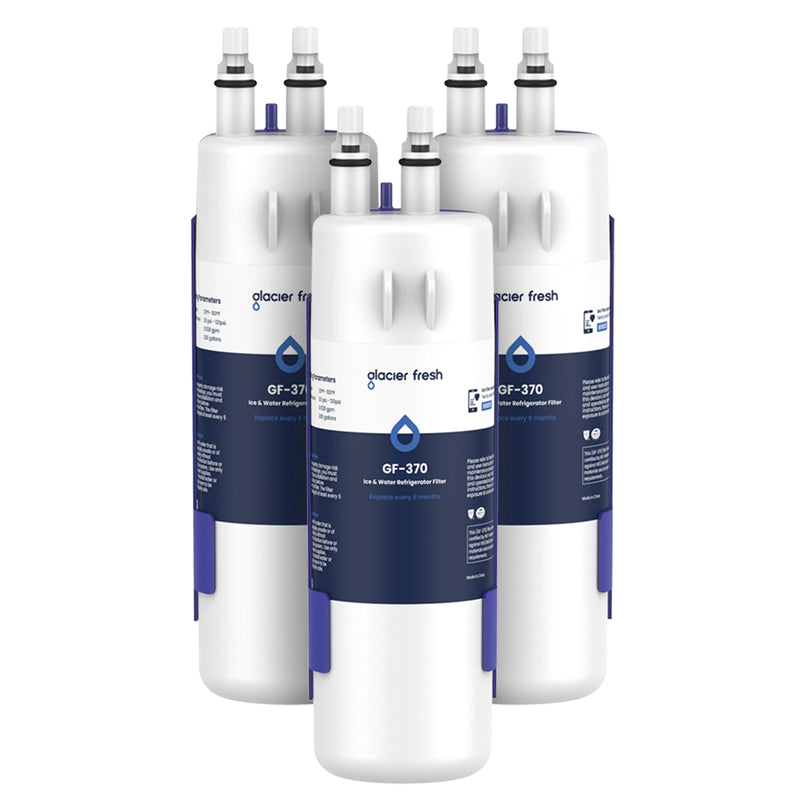Table of Contents:
Reverse osmosis: How much do you know about it?
Carbon filtration: Pros and cons
Distillation: How does it compare?
UV sterilization: Is it worth considering?
Activated alumina: An alternative to reverse osmosis
Choosing the right water filtration method for your needs
FAQs
Conclusion
You're probably aware of how crucial clean water is for your health, but do you know the best method to achieve it? There are several ways to filter your water, with reverse osmosis being one of the most popular. But is it the best choice for you? In this article, we'll delve into the nitty-gritty of reverse osmosis and compare it with other filtration methods like carbon filtration, distillation, UV sterilization, and activated alumina. We'll explore the pros and cons of each method to help you make an informed decision. After all, you don't want to take any chances when it comes to your health. So, buckle up and get ready to become a water filtration expert. It's time to find the most effective solution for your needs.
Reverse osmosis: How much do you know about it?
The process of reverse osmosis
Do you ever wonder how reverse osmosis can turn salty seawater into clean, refreshing drinking water? The process of reverse osmosis is a fascinating one. It involves passing seawater through a semi-permeable membrane that only allows water molecules to pass through, blocking larger particles and impurities. Seawater is pressurized and forced through the membrane, leaving the salt and other contaminants behind. This results in fresh, pure water on one side of the membrane while the concentrated brine is flushed away. Reverse osmosis is an effective method for desalination and water purification, as it can remove up to 99% of dissolved salts, bacteria, viruses, and other impurities. It is widely used in households, industries, and spacecraft to provide safe drinking water.
Benefits of reverse osmosis water purification
Experience the incredible benefits of purified water through the revolutionary process of reverse osmosis. Reverse osmosis water purification offers numerous advantages that make it a popular choice for households and industries alike:
- This process effectively removes impurities and contaminants such as bacteria, viruses, heavy metals, and chemicals from the water, ensuring it is safe and clean for consumption.
- Reverse osmosis improves the taste and odor of the water, providing a refreshing and pure drinking experience. It also helps reduce the risk of waterborne diseases, promoting better health and well-being.
- Reverse osmosis systems are easy to maintain and cost-effective in the long run, eliminating the need to purchase bottled water.
By choosing reverse osmosis water purification, you can enjoy the benefits of clean, great-tasting water conveniently and affordably.
Limitations of reverse osmosis systems
One major drawback of reverse osmosis systems is that they can waste significant water. In removing impurities from water, reverse osmosis systems generate a concentrated brine solution that needs to be disposed of. This can lead to a considerable amount of water being wasted. Additionally, reverse osmosis systems cannot remove specific contaminants, such as volatile organic compounds (VOCs) and dissolved gases. These systems also need to be faster in producing purified water, which can be inconvenient for those who require a large amount of water quickly. Another limitation is the high energy consumption of reverse osmosis systems, making them less environmentally friendly than other water purification methods. Despite their effectiveness in removing many impurities, these limitations should be considered when choosing a water purification system.
Factors to consider when installing a reverse osmosis system
Consider the various factors involved when installing a reverse osmosis system, such as the available space, water pressure, and maintenance requirements:
- It is essential to evaluate the available space in your home or business. Reverse osmosis systems can vary in size, so choosing a system that fits within the designated area is crucial.
- Water pressure plays a significant role in the system's efficiency. To ensure optimal performance, it is essential to have adequate water pressure for the reverse osmosis system to function effectively.
- Maintenance requirements should be taken into account.
Regular filter changes and system inspections are necessary to maintain the system's efficiency and prolong its lifespan. Considering these factors, you can make an informed decision when installing a reverse osmosis system.
Carbon filtration: Pros and cons

While carbon filtration's a popular choice due to its ability to remove chlorine, pesticides, and organic chemicals, it's not without its downsides. One downside is that it struggles to eliminate bacteria, viruses, and minerals. Despite this, carbon filtration efficiency is often praised for improving taste and odor by reducing chlorine and other contaminants that can cause these issues. It's a well-loved option for many households.
However, concerning maintenance requirements, carbon filters can be a hassle. Unlike reverse osmosis systems, they must be replaced more frequently, usually every six months, to maintain their effectiveness. This is a crucial consideration when choosing your water filtration method. Carbon filtration also excels in filtration speed. You'll get clean water much quicker than other methods like reverse osmosis. However, this speed comes at the cost of less thorough filtration. So, while carbon filtration may be an excellent choice for removing specific contaminants and providing a quick turnaround, it's important to remember its limitations. Consider other options for thorough filtration, including removing bacteria, viruses, and minerals.
Distillation: How does it compare?

Ever thought about distillation as a water purification method? Distillation is an age-old technique that involves heating water until it turns to steam, then cooling the steam until it reverts back to water. The process is thorough, with high distillation efficiency, as it rids water of a wide array of contaminants, including bacteria, viruses, heavy metals, and more. However, distillation is not without its drawbacks. The primary concern is its high energy consumption. It takes a lot of heat to turn water into steam, and that heat typically comes from electricity or gas. This can make distillation a costly method in the long run, especially compared to other options like reverse osmosis.
Another potential downside is that distillation may not remove all types of contaminants. Certain volatile organic compounds (VOCs) may evaporate with the water and end up in the distilled output. You might need additional filtration steps to ensure your water is entirely safe. While distillation is a reliable method for purifying water, weighing its benefits against its costs and limitations is essential. It may be a good option, but other efficient methods like reverse osmosis could be more economical and practical.
UV sterilization: Is it worth considering?
Shifting gears towards UV sterilization, it's essential to recognize that this technique has gained traction as a viable option for eliminating pathogens from your drinking supply. The sterilization process is pretty simple - water flows through a device that exposes it to UV light. This light effectively destroys bacteria, viruses, and other microorganisms, limiting their ability to cause illness. UV effectiveness largely depends on the clarity of the water. If your water is cloudy or contains particulates, these may shield microorganisms from UV light, reducing its effectiveness. Hence, pre-filter the water before sterilizing it with UV light is often necessary.
Maintenance requirements for UV systems are minimal but still need to be considered. The primary task is replacing the UV light bulb, usually once a year. Keeping the quartz sleeve housing the bulb clean is also crucial, as dirt can reduce the light's effectiveness. So, is UV sterilization worth considering? Especially if you're concerned about microbial contaminants. However, remember that UV doesn't remove chemical contaminants or improve the taste and odor of water. Consider using another filtration method, like reverse osmosis, for a complete solution.
Activated alumina: An alternative to reverse osmosis
If you're hunting for a filtration method alternative to the more common systems, you might want to give activated alumina a shot. This filtration process uses a bed of activated alumina to remove contaminants from your water, including fluoride, arsenic, and selenium. One of the key selling points of activated alumina is its efficiency. Alumina efficiency is high, especially when it comes to removing fluoride. It can reduce fluoride levels from 0.5 ppm to less than 0.1 ppm, which is quite impressive. However, remember that the pH of your water can influence its effectiveness, so it's essential to monitor this.
Now, let's talk about health implications. Unlike reverse osmosis, activated alumina doesn't remove beneficial minerals from your water. This means you'll still get the essential nutrients you need while making sure harmful substances are eliminated. Maintenance costs are another factor to consider. Activated alumina systems require regular replacement of the alumina bed. Although this might seem like an extra chore, the overall costs are still relatively low compared to other systems. Are you seeking an efficient, cost-effective, and health-friendly water filtration method? Activated alumina might be your best bet.
Choosing the right water filtration method for your needs

Choosing the perfect system to purify your water isn't a one-size-fits-all deal—it's about finding the one that's tailor-made for your needs and circumstances. To do this, you must consider a few crucial factors, such as filtering capacity, cost implications, and maintenance requirements. The filtering capacity of a system is crucial if you're dealing with a large volume of water daily. For instance, reverse osmosis may not be the best bet for you if you need to quickly filter a large amount of water. On the other hand, other methods, such as activated alumina, can handle larger capacities more efficiently.
Next, consider the cost implications. Although reverse osmosis systems can be costly upfront, they can save you money in the long run due to their longevity and efficiency. Other methods might be cheaper initially but require frequent filter replacements, adding to the overall cost. Maintenance requirements also play a vital role. Some systems, like reverse osmosis, require less maintenance, while others might need frequent check-ups and filter changes. So, it's all about balancing these factors to find the best fit. Remember, the ideal water filtration system for you is the one that meets your specific needs and budget without compromising on quality.
FAQs
What are the different types of contaminants that reverse osmosis can remove from water?
Reverse osmosis can remove various contaminants from water, including dissolved salts, heavy metals, chemicals, bacteria, and viruses. It is an effective process for purifying water and ensuring its safety for consumption.
Can reverse osmosis systems be used to purify seawater?
Yes, reverse osmosis systems can be used to purify seawater. They can remove salt, minerals, and other contaminants, making the water safe to drink and use for various purposes.
How much water does a reverse osmosis system waste during the purification process?
During the purification process, a reverse osmosis system may waste significant water. However, the exact amount varies depending on factors such as the system's efficiency and feed water quality.
Conclusion
You've explored different water filtration methods, from reverse osmosis to carbon filtration, distillation, UV sterilization, and activated alumina. Each has its own merits and drawbacks. Now, it's your turn to decide. Consider your water usage, quality needs, and budget. Remember, the perfect solution isn't one-size-fits-all. It's about finding the right fit for you and your household.

